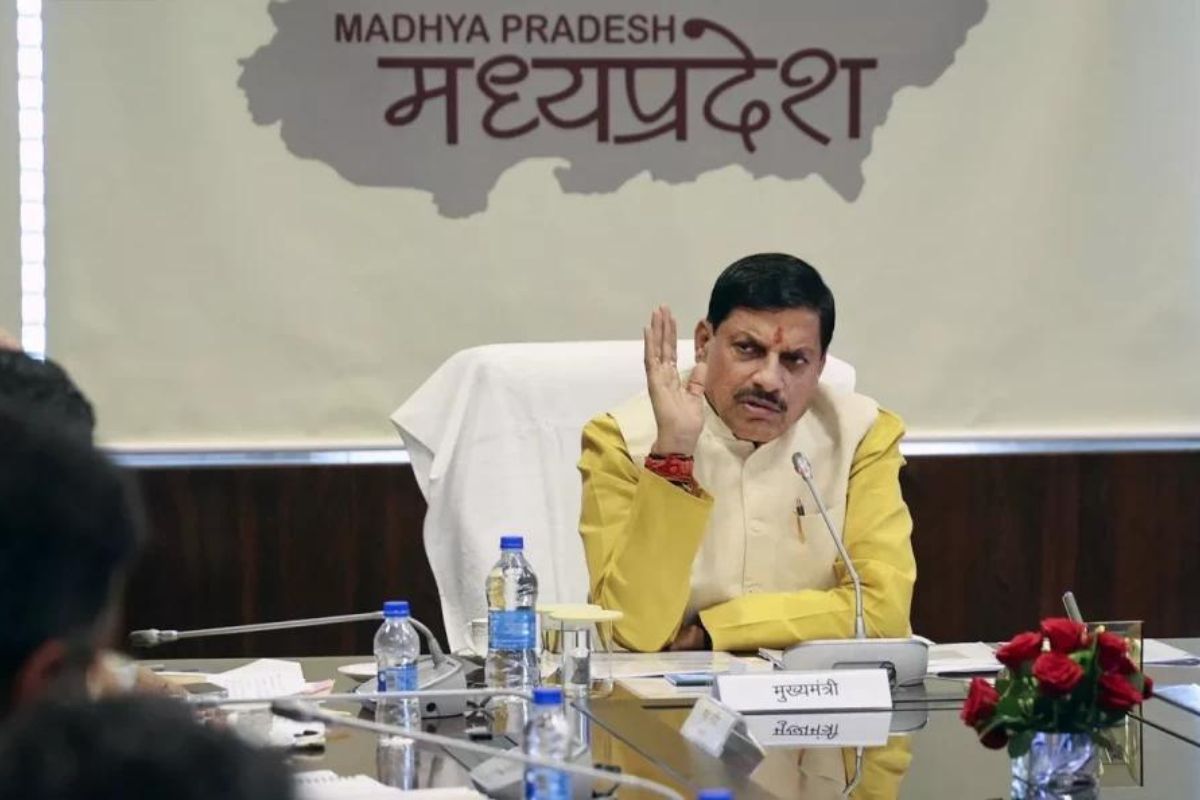Foreign investors selling Indian equities due to ‘profit booking’: Nirmala Sitharaman
Union Finance Minister Nirmala Sitharaman Monday said the foreign institutional investors (FII) are selling Indian equities lately due to the profit booking.

Union Finance Minister Nirmala Sitharaman Monday said the foreign institutional investors (FII) are selling Indian equities lately due to the profit booking.

Offering rare insights in the Government’s economic thinking and giving a snapshot of the Indian Economy, together with a SWOT analysis, every word of the Economic Survey is precious to serious students of economics.

On his return to Bhopal after his visit to Japan, Madhya Pradesh Chief Minister Dr Mohan Yadav declared that the state would be a crucial contributor to India’s economic advancements in the future, emphasising that the state's importance was evident during his visit as major Japanese companies evinced keen interest in investing in Madhya Pradesh.

PHDCCI CEO and Secretary General Dr. Ranjeet Mehta discusses MSMEs, predicts India becoming a $34 trillion economy by 2047, and shares insights on the rupee slide. .

The Economic Survey tabled by Union Finance Minister Nirmala Sitharaman on Friday showcased key developments in the Indian economic landscape, from growth numbers to banking sector performances. It highlighted that India’s economy is projected to expand between 6.3 per cent and 6.8 per cent in the financial year 2025-26 (FY26).
It said the 23.9 per cent contraction in the April-June quarter was larger than expected.
The Reserve Bank of India (RBI) in its policy review last month kept interest rates unchanged and said it sees upside risk to inflation..
It said persistent growth challenges including weak infrastructure, rigidities in labour, land and product markets, and rising financial sector risks continue to constrain the economy's potential.
India's GDP shrank by a staggering 24 per cent year-on-year amid the imposition of one of the most stringent global nationwide lockdown.
As per the National Statistical Office, Gross Value Added (GVA) came in at -22.8 per cent.